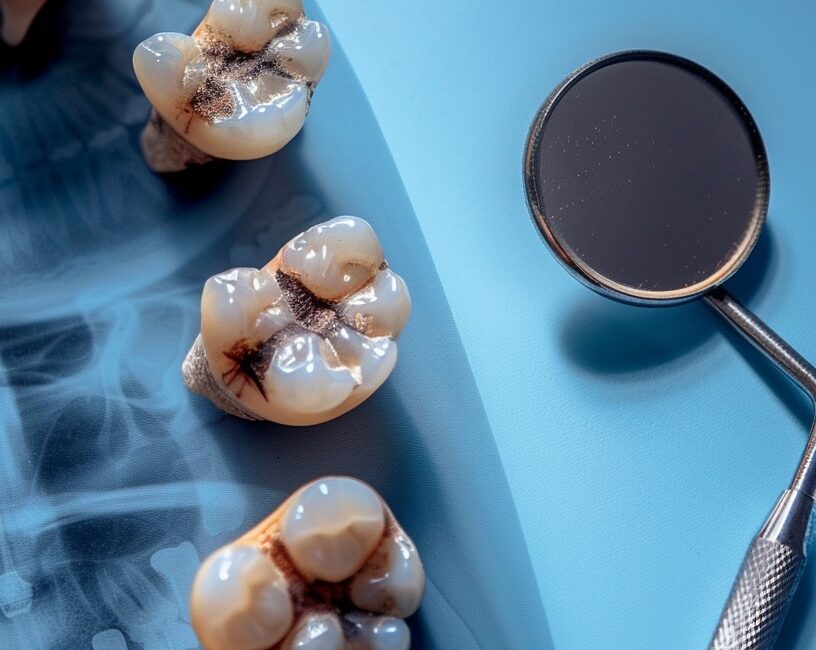Why Cavities Should Not Be Covered with Filling Materials

When it comes to dental health, treating cavities is crucial to maintaining a healthy smile. Traditionally, many dental professionals use filling materials to address cavities, but this method may not always be the best approach. This blog explores why covering cavities with filling materials might not be the optimal solution and what alternative treatments could be more effective.
Understanding Cavities and Fillings
Cavities, also known as dental caries, are areas of decay on the teeth caused by bacteria and plaque buildup. The standard treatment for cavities involves removing the decayed portion of the tooth and filling the cavity with a material such as amalgam or composite resin. While this approach can provide a temporary solution, it may not address the underlying issues that caused the cavity in the first place.
The Limitations of Filling Materials
- Risk of Secondary Cavities: One of the primary concerns with filling materials is the potential for secondary cavities. If the filling is not perfectly placed, bacteria can still infiltrate the tooth, leading to further decay around the filling.
- Wear and Tear: Fillings can wear down over time, especially with the pressure from chewing and grinding. This wear and tear can create gaps where bacteria can enter, compromising the integrity of the filling and the tooth.
- Potential for Allergic Reactions: Some patients may experience allergic reactions to certain filling materials, such as amalgam, which contains mercury. This can cause discomfort and other health issues.
- Limited Longevity: Fillings generally need to be replaced after a certain period. Frequent replacements can weaken the tooth structure and potentially lead to more severe dental problems.
Alternative Treatments for Cavities
- Fluoride Treatments: Fluoride can help remineralize tooth enamel and reverse early-stage cavities. Regular fluoride treatments can strengthen teeth and prevent the progression of decay.
- Dental Sealants: Sealants are a protective coating applied to the chewing surfaces of the back teeth. They act as a barrier against bacteria and food particles, reducing the risk of cavities.
- Inlays and Onlays: For more extensive decay, inlays and onlays offer a durable solution. These custom-made restorations fit precisely into the cavity, providing better protection and longevity compared to traditional fillings.
- Root Canals: In cases where the decay has reached the tooth’s pulp, a root canal may be necessary. This procedure removes the infected pulp and seals the tooth to prevent further decay.
Preventive Measures
Preventing cavities is key to maintaining dental health. Here are some tips to reduce the risk of cavities:
- Maintain Good Oral Hygiene: Brush and floss regularly to remove plaque and prevent decay.
- Limit Sugary Foods and Drinks: Reduce consumption of sugar to lower the risk of cavities.
- Visit the Dentist Regularly: Schedule routine check-ups and cleanings to catch and address issues early.
Conclusion
While filling materials have been a common solution for treating cavities, they are not without limitations. Understanding these limitations and exploring alternative treatments can help maintain better dental health and prevent further issues. Consult with your dentist to determine the best approach for your individual needs and ensure your teeth remain healthy and strong.
For more insights on dental health and treatment options, visit UDENZ.













